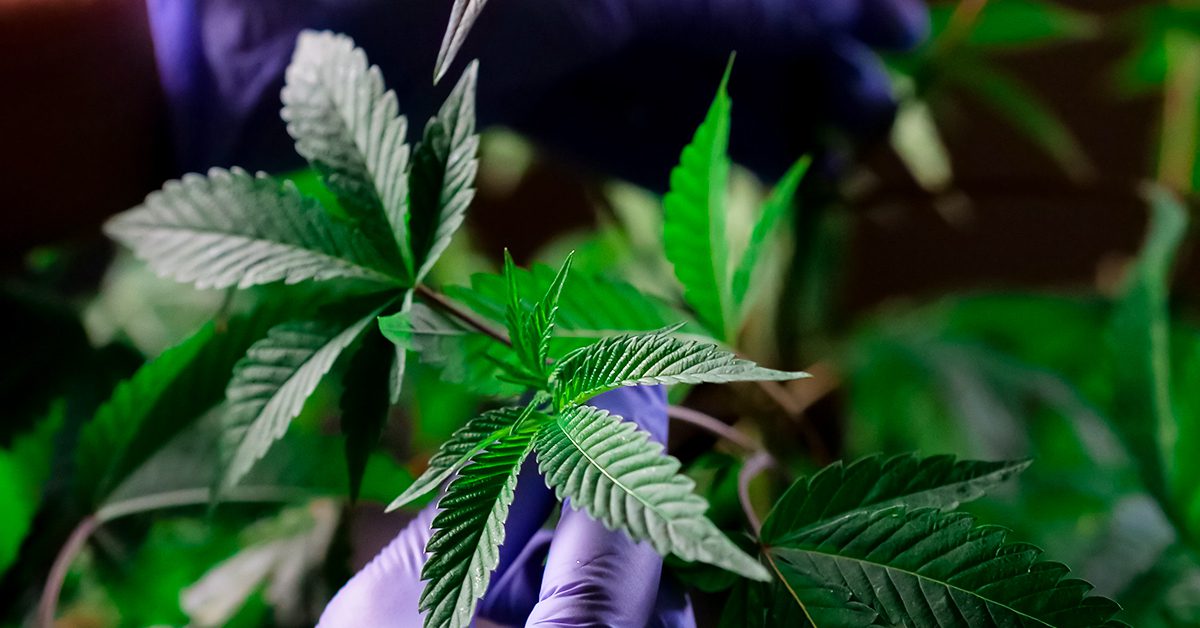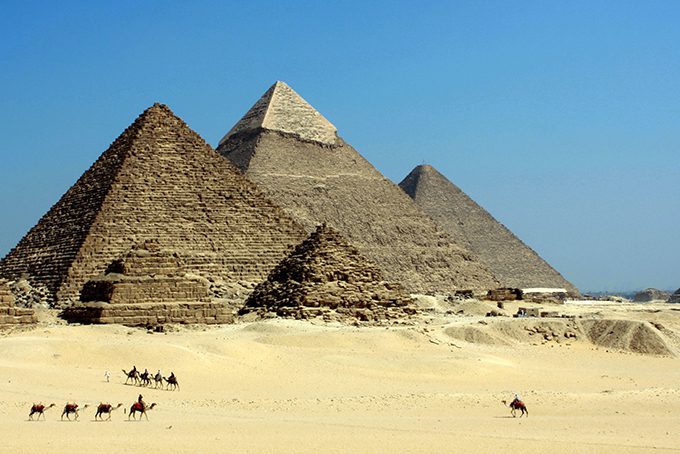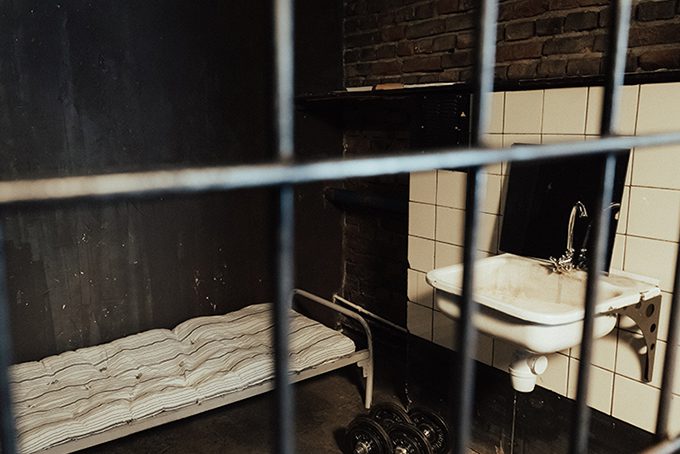In recent years, cannabis has emerged as a popular alternative to traditional forms of relaxation, with many individuals opting for cannabis consumption over alcohol. Whether you are involved in the cannabis industry, planning to enter it, or simply a cannabis enthusiast, understanding the history of cannabis is crucial. Despite the advancements we see today, it is essential to recognize the individuals who fought for the legalization of cannabis. Currently, over 30 states have legalized medical or adult-use cannabis, and this progress is a result of the efforts of those who came before us.
Before the era of prohibition and the War on Drugs, cannabis was grown and used freely around the world. There were no restrictions on cannabis farming or use, and it was not subjected to defamation campaigns. The history of marijuana is complex, with both positive and negative aspects. As Maya Angelou once said, “you can’t really know where you’re going until you know where you have been.” With that in mind, let’s explore the history of cannabis.
How Old is Cannabis?
Cannabis has been cultivated and used for various purposes for thousands of years. It is believed to be one of the earliest domesticated crops on the planet. The plant was cultivated in China as early as 8,500 years ago and later introduced to Western Asia and Europe between 2,000-1,000 BCE. For most of its history, cannabis was primarily used for its fiber rather than for recreational purposes. It is older than most people realize.
The History of Hemp and Cannabis Use
Hemp, a strain of the cannabis plant, was extremely prevalent in the past. In 1619, the Virginia Assembly even passed legislation mandating households to grow hemp. It was also used as a form of currency in certain regions. Hemp was primarily cultivated for rope and sailcloth, which were essential commodities in the shipping industry. The cultivation of hemp was widespread during the Industrial Revolution, with notable hemp cultivators including George Washington, Thomas Jefferson, and James Madison. However, the demand for hemp declined during the Civil War when cotton took its place.
The Medicinal History of Cannabis
The historical use of hemp indicates that cannabis has been beneficial to society for centuries. Many ancient cultures utilized cannabis for its medicinal and religious purposes. Medical marijuana has been in use for over 5,000 years. Ancient Egyptians, for example, used cannabis to treat inflammation and glaucoma. Indians in 1,000 B.C. used cannabis as an anesthetic, and ancient Indians considered it a potential cure for leprosy. Cannabis also played a significant role in religious rituals, such as in the Hindu scripture, where it was portrayed as a herb that alleviates fear and anxiety. The original Exodus mentions cannabis as an ingredient in an anointing oil.
The negative perception of cannabis began in the early 1900s when its use became associated with Mexican immigrants, who introduced recreational marijuana use. The prevailing mistrust towards Mexicans in America at that time contributed to the vilification of cannabis, ultimately leading to the prohibition era and the War on Drugs. This marked the beginning of the cannabis stigma in marijuana’s history.
Criminalizing Marijuana
From 1900 to around 1930, cannabis was widely accepted as an ingredient in various medications, used for pain relief and sedation. However, as cannabis became associated with Mexican immigrants in the 1900s, fueled by racism and prejudice, the perception of cannabis as a dangerous substance took hold. During the Great Depression, Americans became fearful of Mexican immigrants, leading to the criminalization of cannabis. In 1931, 29 states passed laws to prohibit cannabis without much public debate. This was accompanied by a fearmongering campaign led by Harry Anslinger, the Commissioner of the Federal Bureau of Narcotics (FBN), who spread misinformation about the dangers of cannabis. The Marihuana Tax Act was passed in 1937, further restricting cannabis and hemp, despite opposition from the American Medical Association.
Cannabis Prohibition Era in the U.S. & the War on Drugs
In the following decades, cannabis faced continued opposition, with occasional victories. In the 1950s, the Boggs Act and the Narcotics Control Act established strict penalties for drug-related offenses. However, the counterculture movement of the 60s embraced cannabis, and several studies confirmed that it did not cause violence or serve as a gateway drug. Despite this, the Controlled Substances Act was passed in the 70s, classifying cannabis as a Schedule I drug alongside heroin and LSD. President Richard Nixon declared the “War on Drugs,” which was primarily used as a tool to target political adversaries. However, during this time, the National Organization for the Reform of Marijuana Laws (NORML) was founded and paved the way for the decriminalization and legalization of cannabis.
Marijuana History in the 80s and 90s
In the 1980s, President Ronald Reagan implemented the Anti-Drug Abuse Act, further escalating penalties for cannabis offenses. In 1989, President George Bush Sr. declared a “New War on Drugs” to intensify anti-cannabis initiatives. However, during this time, the Drug Enforcement Administration’s (DEA) Chief Administrative Law Judge, Francis Young, acknowledged the safety and therapeutic qualities of marijuana. He even recommended rescheduling cannabis to a less restrictive classification, although his recommendation was denied. In the late 90s, President Bill Clinton’s administration spent a significant amount of money on anti-drug TV campaigns. Despite the prevalent anti-cannabis sentiment during this period, there were notable achievements, such as the passing of Proposition 215 in California, which legalized medical cannabis.
Medical and Adult-Use Cannabis Legalization
From the late 90s onwards, several states began legalizing medical cannabis through their state legislature. In 2012, Colorado and Washington made history by being the first states to legalize cannabis for adult-use. Colorado’s Amendment 64 allowed individuals over 21 years old to possess and purchase cannabis, while Washington’s Initiative 502 permitted the limited sale of cannabis products to adults. These events marked a significant turning point in marijuana’s history and prompted further legalization efforts in other states.
The History of Cannabis in Pop Culture
Throughout the years, cannabis maintained a significant presence in pop culture. Numerous movies, TV shows, and music albums have referenced cannabis, becoming beloved by cannabis enthusiasts. Music and movies complement the euphoric experience of being high. Here are just a few highlights of cannabis in pop culture:
Pop Culture Cannabis Highlights
Reefer Madness (1936) – A melodramatic film portraying the alleged consequences of marijuana use, which has become a cult classic.
Jimi Hendrix – “Purple Haze” (1970) – A classic song associated with cannabis, known for its psychedelic sound.
Bob Marley – “Sun Is Shining” (1971) – A track by Bob Marley that is often enjoyed by cannabis enthusiasts.
Up in Smoke (1978) – A comedy film starring Cheech and Chong, popularizing stoner culture and humor.
Dazed and Confused (1993) – A coming-of-age film set in the 70s, showcasing the cannabis culture of that era.
Weeds TV Series (2005-2012) – A popular TV series centered around the life of a suburban widow who becomes a marijuana dealer.
Atlanta TV Series (2016-2022) – A surreal comedy series that is enjoyable to watch while high, featuring thought-provoking and unconventional storytelling.
Cannabis in America Today
While there is still progress to be made, many strides have been taken in recent years. Currently, cannabis is legal for medical or recreational use in 38 states. Medical marijuana is legal in 38 states, and adult-use cannabis is legal in 21 states. Although cannabis is still prohibited at the federal level, there is growing public support for its legalization, with 88% of Americans favoring it. It is clear that the nation is moving towards complete legalization.
We hope this overview of the history of marijuana has provided you with valuable insights. If you are interested in delving further into the subject, we recommend exploring Green Flower Media’s Fundamentals of Cannabis Certificate Program.
With the increasing acceptance of marijuana, the cannabis industry is experiencing substantial growth. If you are interested in joining the industry and becoming a part of cannabis history, now is the perfect time to pursue a cannabis career.
FAQs
1. How old is cannabis?
Cannabis is believed to be one of the earliest domesticated crops, with its cultivation dating back over 8,500 years in China.
2. What was cannabis primarily used for historically?
Historically, cannabis was primarily used for its fiber to create products such as rope and sailcloth. It was not commonly used for recreational purposes.
3. When did the criminalization of cannabis begin?
The criminalization of cannabis began in the early 1900s, with the association of cannabis use with Mexican immigrants leading to its vilification and prohibition.
4. When did cannabis start being legalized?
The legalization of cannabis for medical use began in the late 1990s, with California being the first state to legalize medical marijuana with Proposition 215 in 1996. The legalization of adult-use cannabis started in 2012, with Colorado and Washington being the first states to legalize recreational marijuana.
5. How many states have legalized cannabis?
Currently, 38 states have legalized medical marijuana, and 21 states have legalized adult-use cannabis.








